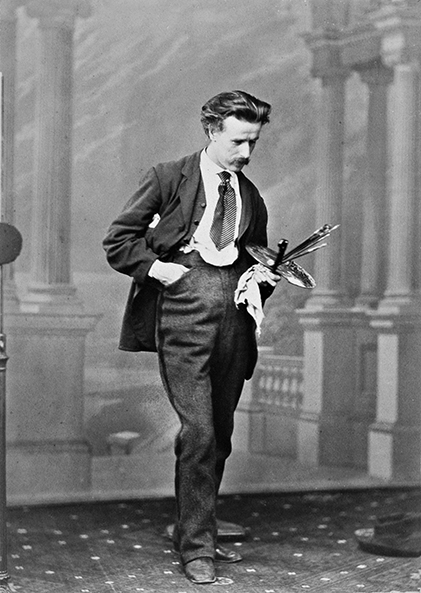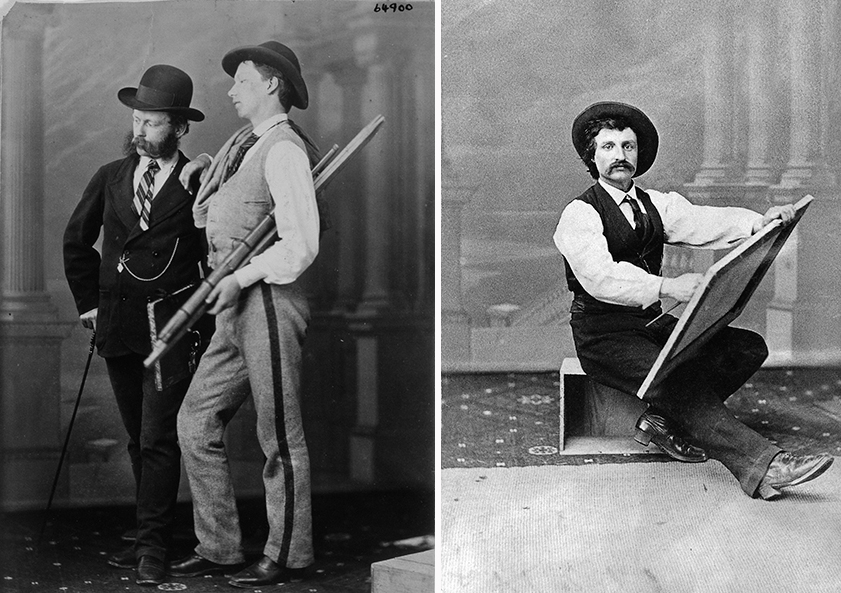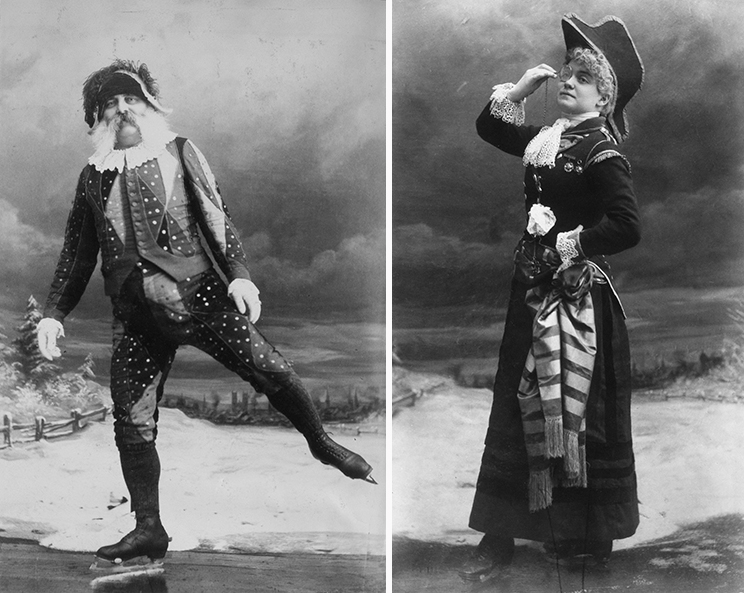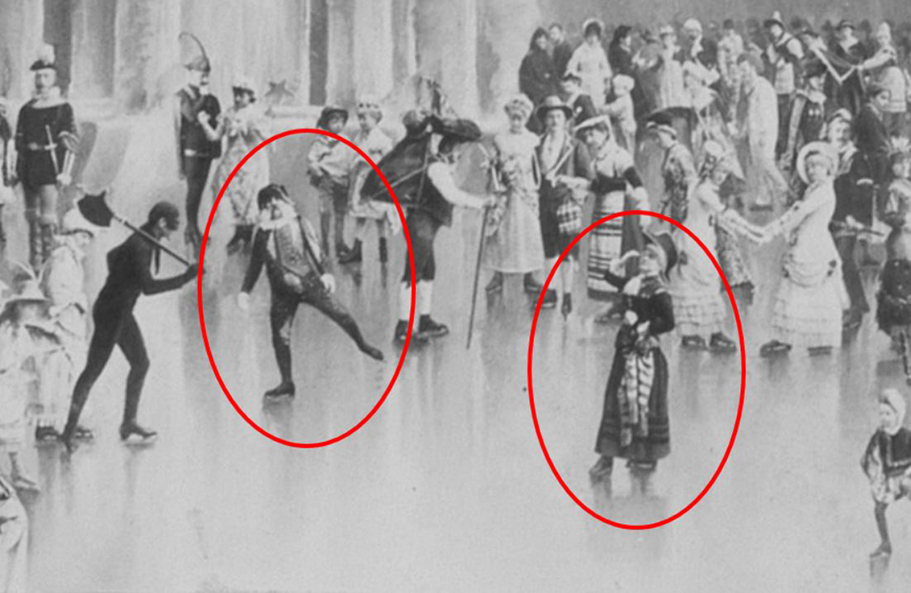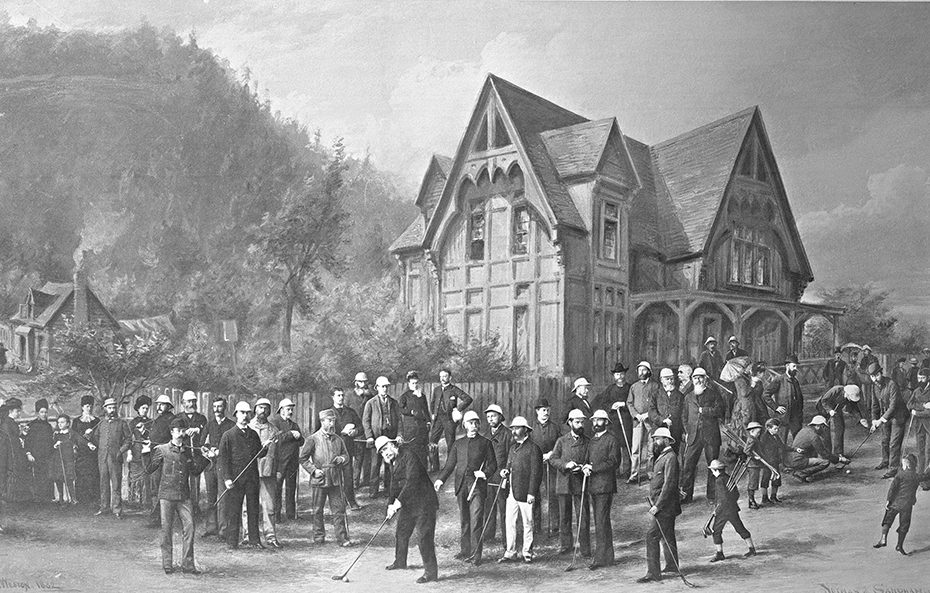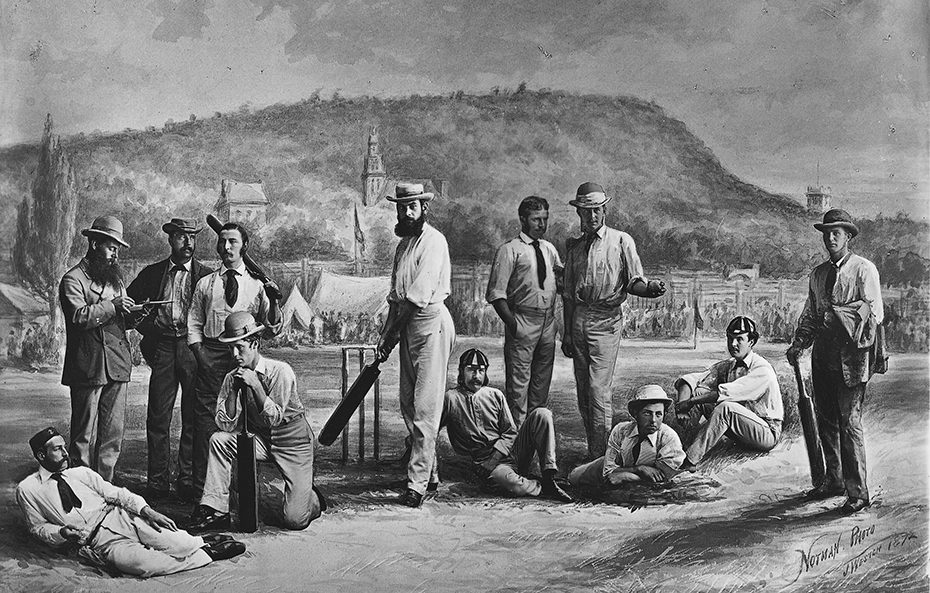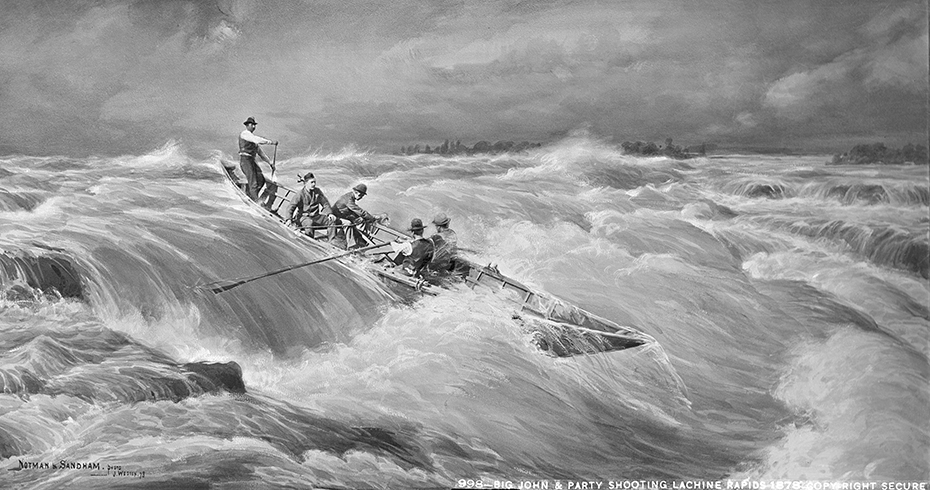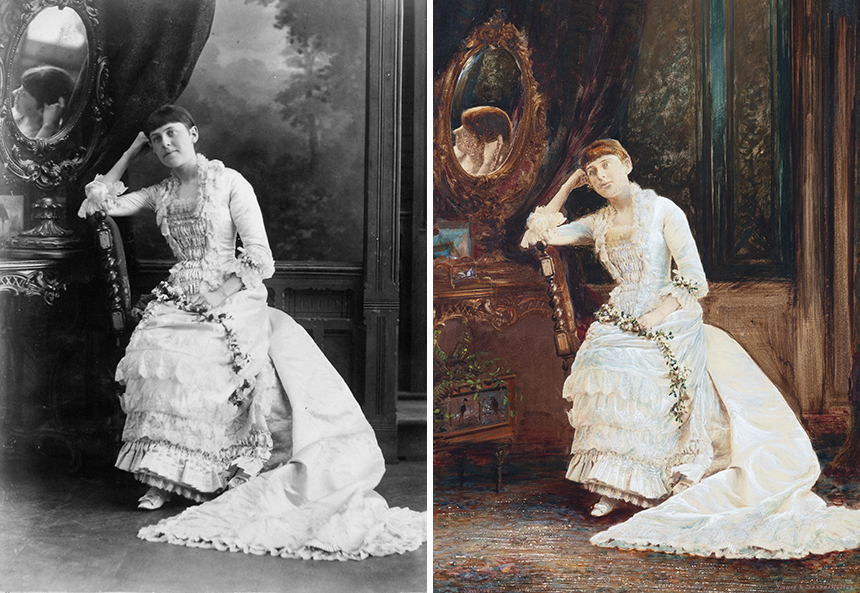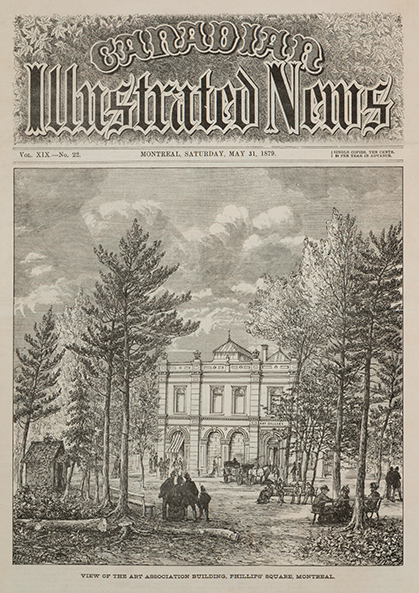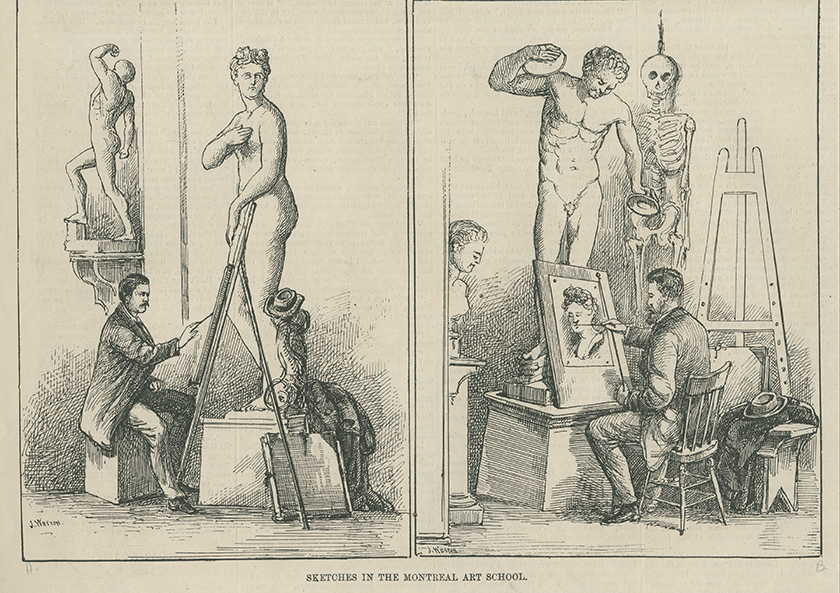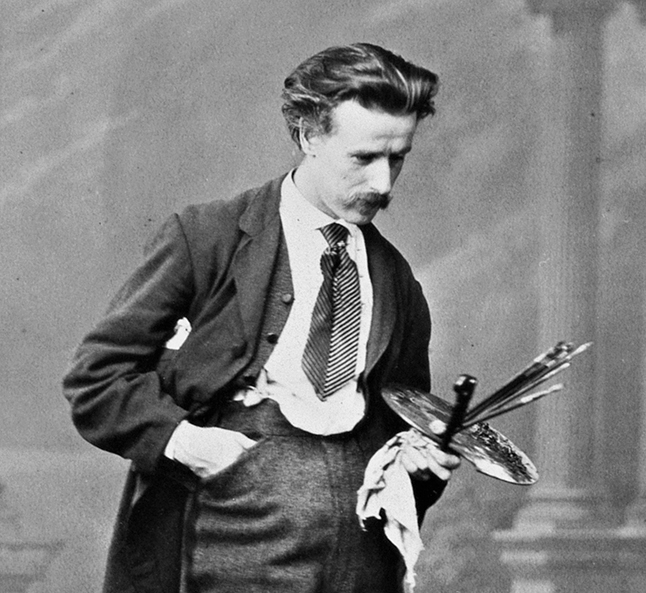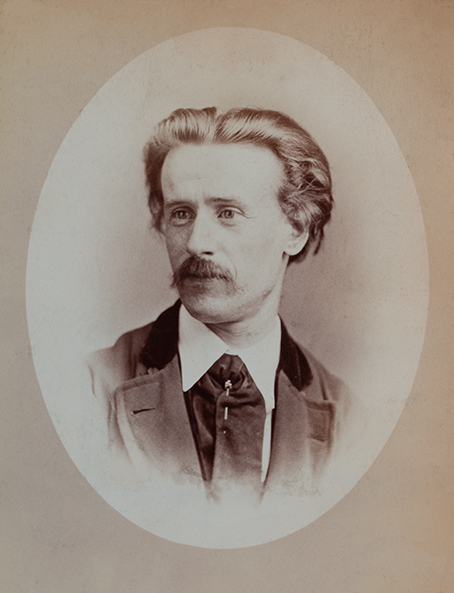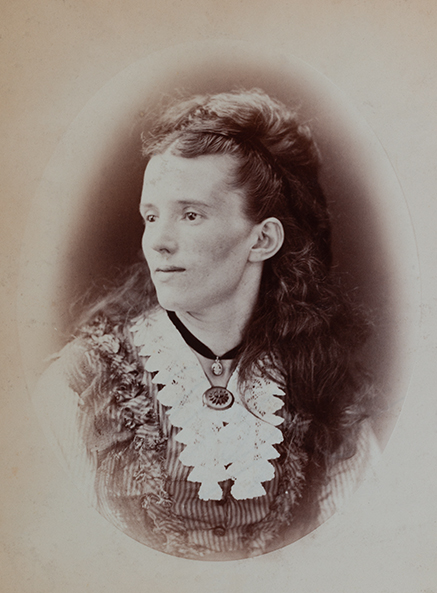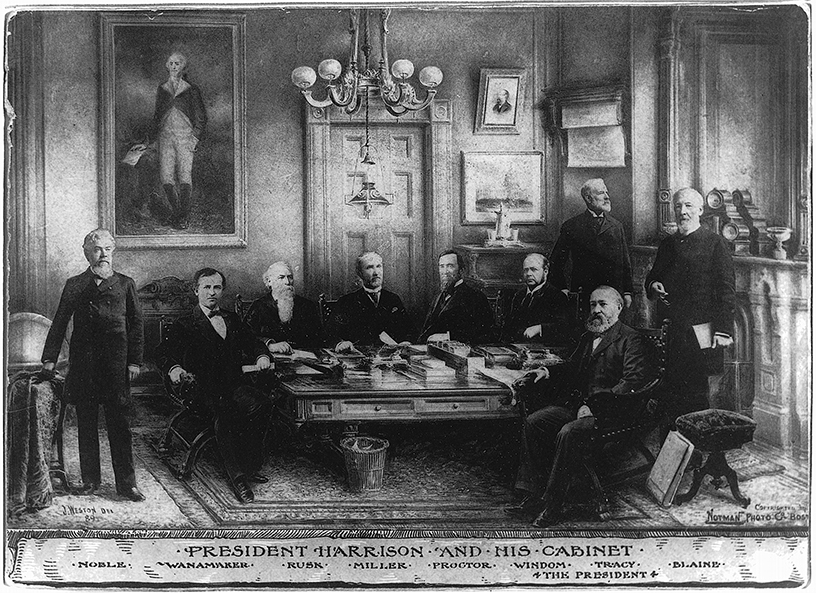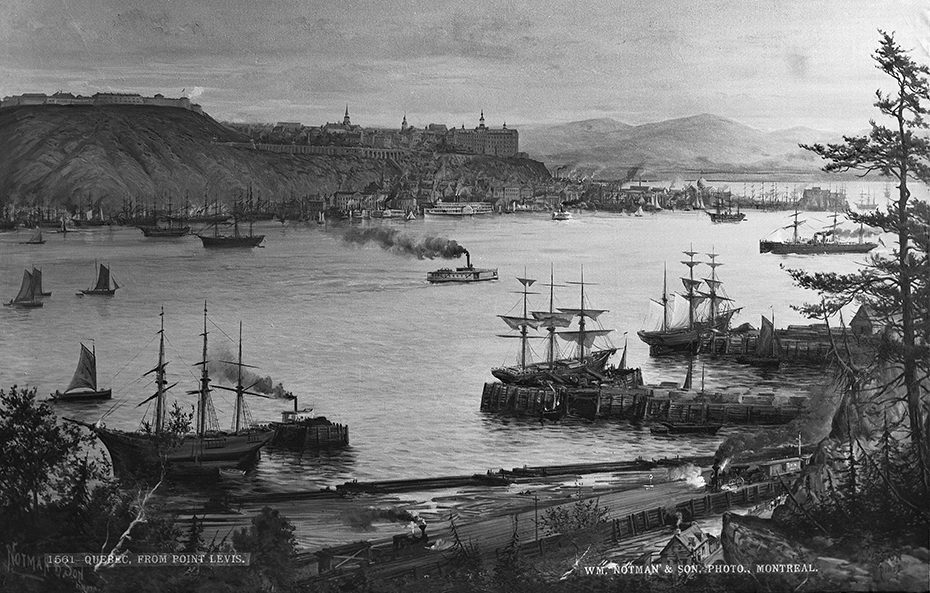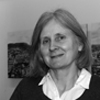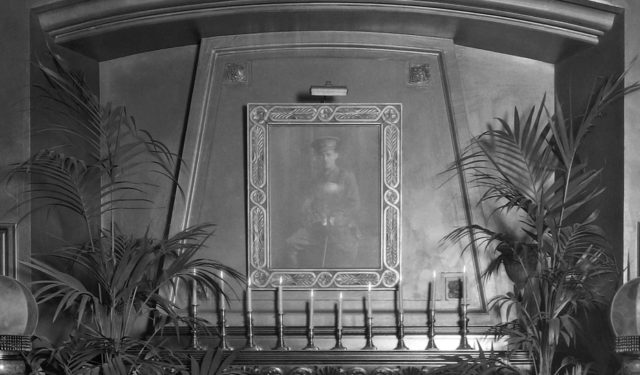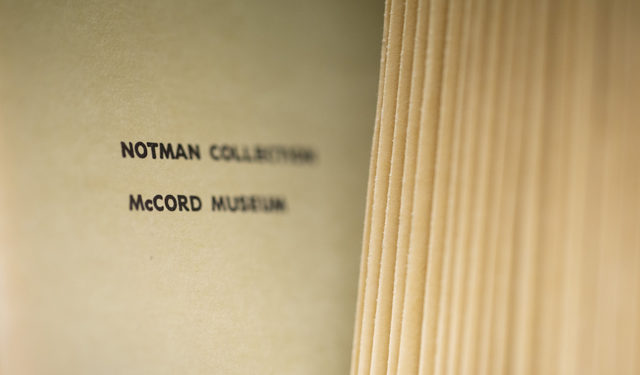Discovering James Weston
Find out how early photographers were able to overcome some of the technical limitations of their day by employing artists.
March 2, 2023
Electric lights and coloured flames illuminated the ice grotto constructed for this skating carnival held in Montreal on March 5th, 1881. It was the third masquerade carnival the Victoria Rink had held that year.
This lively photographic scene is signed by the Notman & Sandham studio, and by artist James Weston. The image is the result of the combined skills of both photographer and artist.
THE BACKSTORY
The McCord Stewart Museum is a place where questions of all kinds—large and small, old and new—are asked and answered daily. Sometimes, a new research query can lead staff at the Museum to solve one or more very old enigmas. In this case, a question about the identity of the photographer of an early view of Victoria, British Columbia,1 unexpectedly led to a search for information on one of William Notman’s staff artists, painter James Weston.
NOTMAN'S ARTISTS
Business in the Montreal photographic studio was brisk in December 1869, when William Notman (1826-1891) hired James Weston (1841-1922) to join Henry Sandham (1842-1910), William Fraser (1841-1905) and Edward Sharpe (1850-1871) in its art department.
In a sepia-toned world before the advent of colour photography, artists could supply for the customer a mere dash, or even a full splash of colour to a portrait when a photographer’s chemistry could not. For an additional fee, of course!
CAPTURING GROUPS
Composite photographs2 were a handy way to create group portraits at a time when photographic technology made it difficult to do, particularly indoors. Because each person in a group was photographed individually, composite photographs also allowed the sitter and the photographer the luxury of more time to carefully pose.
Staff would trim the resulting portrait and paste it with others in a group setting, most likely with a painted backdrop. After retouching, the finished group image would be re-photographed, and multiple copies printed for customers to purchase. A composite image could also be enlarged photographically on paper or canvas, carefully painted over by Notman’s artists in oil or watercolours and mounted in a decorative frame.
The composite photographs that Weston painted for Notman’s studio span the seasons, from snowy winter backdrops such as the one in Bute House school group’s skating party to the trees on Mount Royal in summer depicted in the Royal Montreal Golf Club or the Gentlemen of England cricket group. The rushing river water that Weston illustrated in Big John Shooting the Lachine Rapids must have carried quite a chill for the five men in the rowboat on October 5th, 1878.
All year round, Notman’s artists filled countless orders for painted portraits, large and small, tinted with pastels, watercolour or oils.
A FLEXIBLE WORKPLACE
As valued employees of Notman’s studio, artists were permitted to pursue their own artistic activities outside of their paid duties at the firm.
James Weston had already been participating in local art exhibitions prior to his engagement with Notman. He joined the Society of Canadian Artists, and on two occasions in 1868, he exhibited his oil paintings and watercolours alongside the works of Henry Sandham, a Notman studio artist who would later become his colleague and supervisor. While working at the studio, Weston continued exhibiting his works, which may have helped him to gain commissions for interior decoration, such as Saint Clement’s Church in Beauharnois in 1874,3and Banque Nationale in Quebec City in 1875.
A VERY BUSY ARTIST
In between his regular employment and his commissioned interiors, Weston found the time to execute drawings for publication in the Canadian Illustrated News (CIN). Weston’s subjects ranged from scenes in Montreal to sketches of current events, and even political cartoons.
In the Montreal city directory for 1880, he is listed as the Superintendent of the Art Department at Burland Lithographic Company, the publishers of CIN. The same year, the Royal Canadian Academy was founded, and Weston became an associate member. Other than a few leaves of absence in the summers of 1876 and 1877, and through the fall and winter of 1879-80, Weston remained on the payroll of Notman’s Montreal studio (renamed Notman & Sandham in 1877) for twelve years.
Surprisingly, given all of his other responsibilities, in 1879 and 1880 Weston was also teaching freehand drawing one or two nights a week at the School of Arts and Design during the fall and winter months.4 Sponsored by the Council of Art and Manufactures of the Province of Quebec, classes were offered free with the aim of teaching working men to be able to execute and understand the application of drawing in “mechanical and industrial arts.”5
It is unclear how Weston managed to fit all of his activities in! However, the volume of his artistic undertakings appears to have peaked by 1881, and in September 1882 he left his employment at William Notman’s Montreal studio.
WESTON'S LIFE BEFORE MONTREAL
Remarkably little information has been published about James Weston. Sources tend to include the wrong birth and death dates, and frequently confuse him with his son James Louis Weston (1864-1946), who was also an artist. Stanley Triggs, retired curator of the Notman Photographic Archives, wondered if the commonly published birthdate of 1816 was correct. Suspicions about his birthdate would have been fuelled by Weston’s youthful features in Notman studio portraits.
Today, in the digital age, a broad search allows answers to our old questions to turn up in places that might earlier have seemed unlikely. For example, a digitized Halifax newspaper turned up a biography, published when Weston had shown his works at the Royal Canadian Academy exhibition held in that city in 1881. We learn that Weston was born in England, came to Canada at age 21 and worked first as a fresco painter, decorating interiors of a private residence and masonic lodges, in addition to Banque Nationale, St. Clement’s and other churches.
Pulling together the various digitized documents that record his life, we find that he was born in 1841, married in London in January 1860, and that his wife Selina’s father was also an artist, the sculptor Louis-Victor Freret.6 Weston’s trajectory from England to Montreal wasn’t a direct one. James and Selina were living on Shaftesbury Street in London at the time of their wedding, and by the 1861 census of Canada West, the couple and their young daughter Julia were living in a one-storey log dwelling in Muskoka, Simcoe County. James is listed as a farmer. His brother-in-law Gustave Freret was also farming nearby, accompanied by his parents, Louis-Victor and Euphrasie. This detour is likely reflected in later works Weston created depicting Muskoka.
According to the census of 1881, James and Selina’s children Eloise and James Louis were born in Ontario.7 That the three youngest of their six children were born in Quebec fits with the story told by the Montreal city directories, in which Weston first appears as a painter in 1866.
A MOVE TO BOSTON
Stanley Triggs noted James Weston’s signature on an 1889 composite showing U. S. President Harrison and his cabinet, produced by the Notman Photo Company in Boston, and suspected that Weston may have moved to Boston after leaving the Montreal studio. Indeed, James Weston appears in the Somerville, Massachusetts, directory in 1883, and scattered reports in the newspapers record his activities in and around Boston over the years.
In moving to the United States, Weston seems to have worked on his own account, as well as for the Notman Photographic Company studio on Park Street. And in late 1885, William Notman turned to him to produce a series of oil paintings of cities in Canada, enlarged from photographs. A total of nine panels 2.7 x 2.5 metres in size were ordered from Notman’s Montreal studio by the Dominion Government, to be hung in the vestibule of the Canadian court at the Intercolonial Exhibition in London in 1886.8
It seems that Weston lived a quieter life in Boston afterwards. No evidence of his participation in artist’s societies or exhibitions in Boston has yet surfaced, and he doesn’t appear to have been teaching. The Boston Globe records his death on November 11th, 1922.
NOTES
1. See David Mattison’s upcoming article in Photographic Canadiana.
2. Sometimes called Composition photographs at that time.
3. The elaborate interior decoration included four ceiling panels 20 x 10 feet in size, and earned him the sum of $4,000. “James Weston, A. R. C. A.” in The Halifax Herald, Friday July 8, 1881, p. 1; Beauharnois : paroisse Saint-Clément (Ottawa : La Cie d’Imprimerie, 1920). Accessed via Canadiana Online, December 2023.
4. “School of Art and Design,” The Gazette (Montreal), Friday, October 29, 1880, p. 1.
5. “School of Art and Design,” Montreal Herald and Daily Commercial Gazette, Monday, March 31, 1879. Accessed via BANQ online, January 2023.
6. Marriage, James Weston and Selina Freret, January 30, 1860, St. John the Baptist Church, Hoxton, Middlesex, England. Accessed via Ancestry, December 2023; Record of Naturalization, James Weston of Boston, Artist. Accessed via Ancestry, December 2023.
7. James Louis Weston was born in June 1864, according to his baptismal record at the Saint John the Evangelist Anglican Church in Montreal, dated 1875.
8. “The Colonial Exhibition,” The Gazette (Montreal), Wednesday, December 23, 1885, p. 7.

